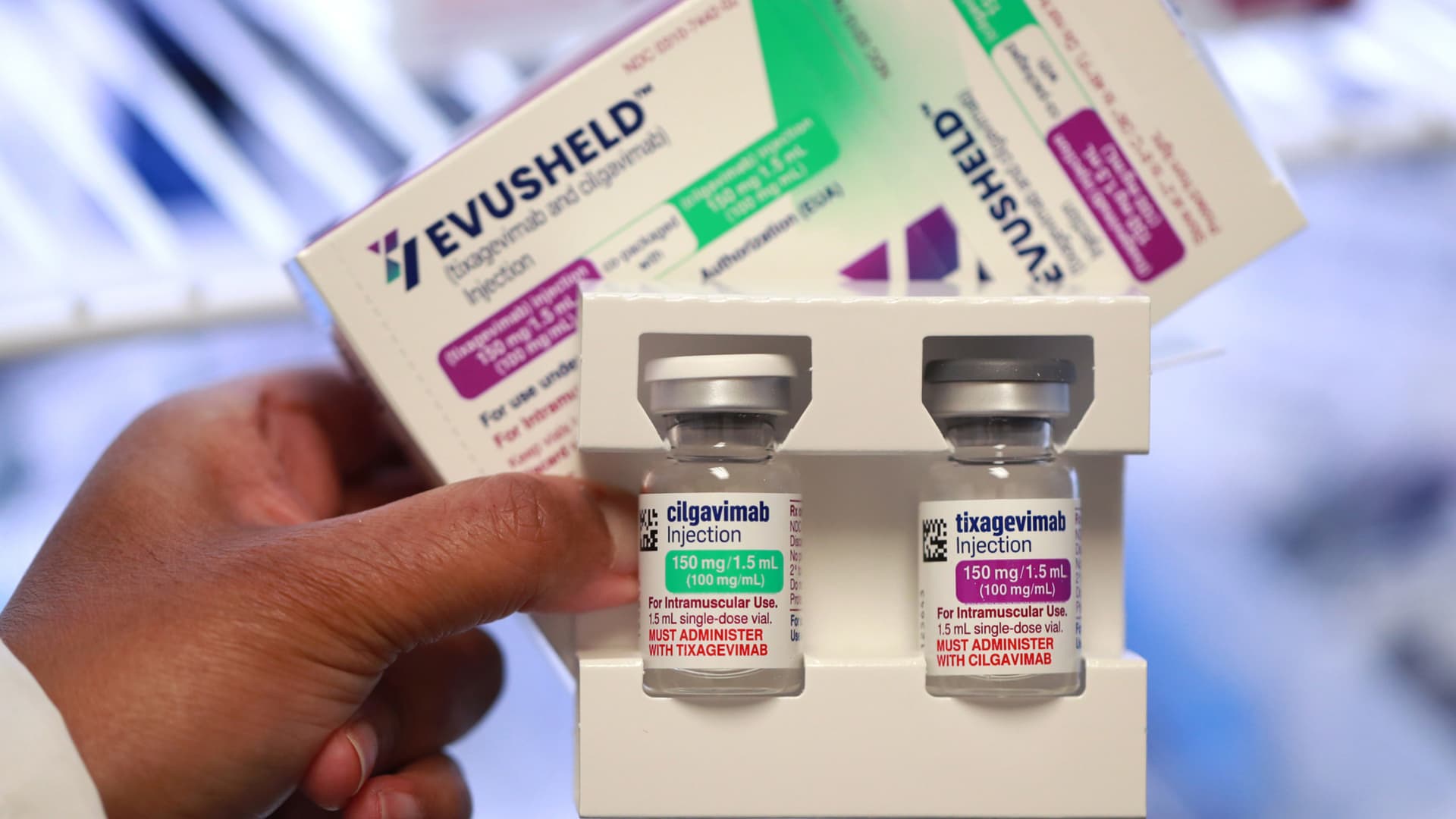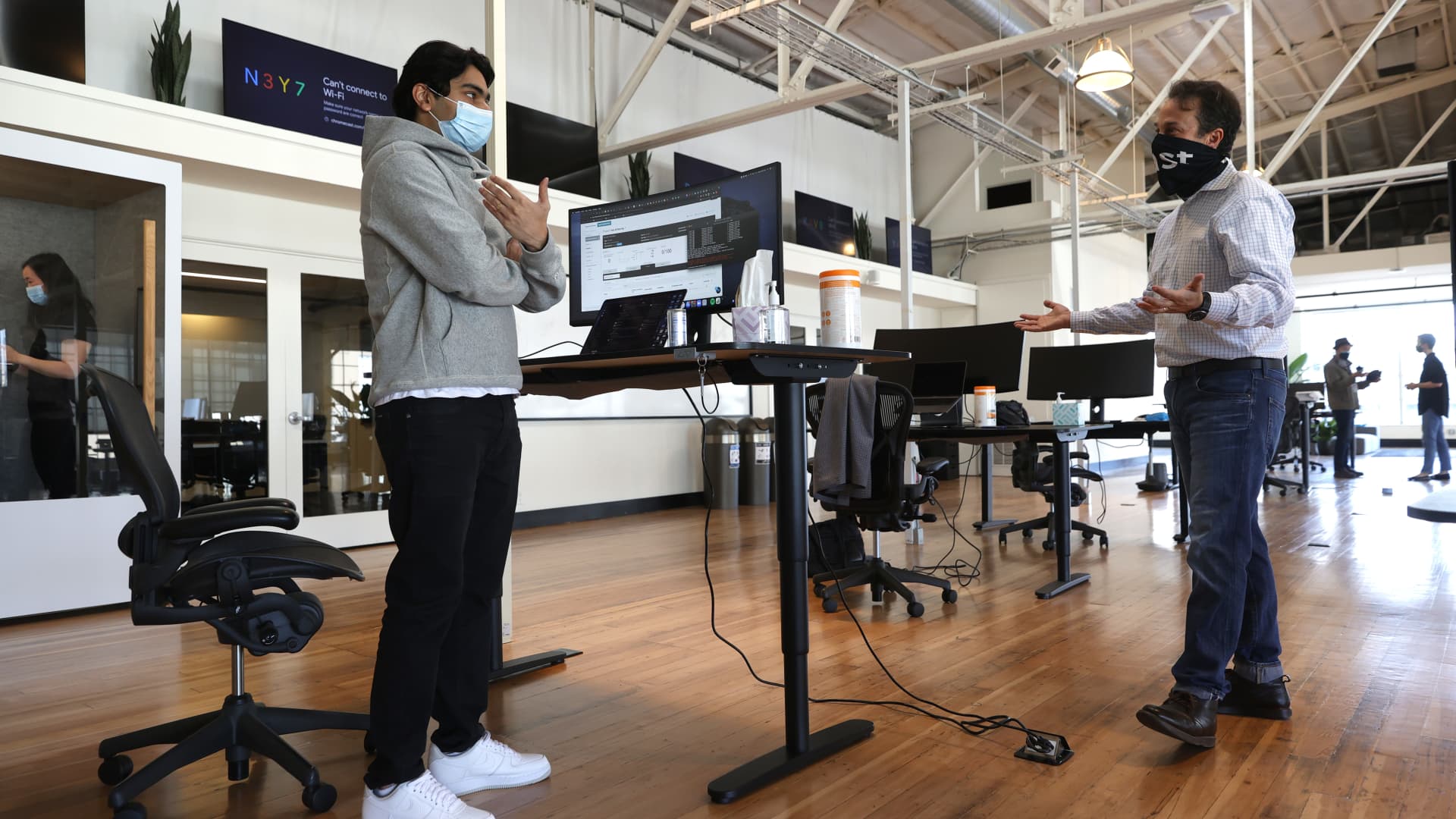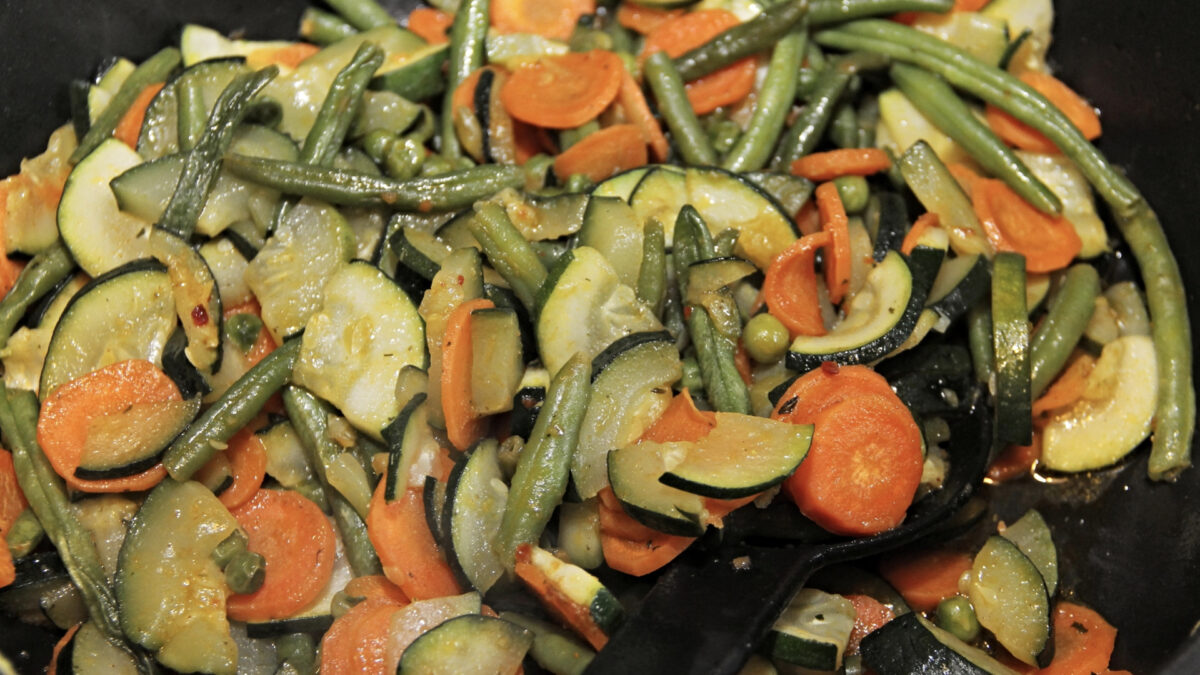Is There Arsenic in Rice? How Much Rice Is Too Much?
Concerns over the arsenic content of rice have led to recommendations to reduce rice consumption in favor of other whole grains. What are some strategies […]
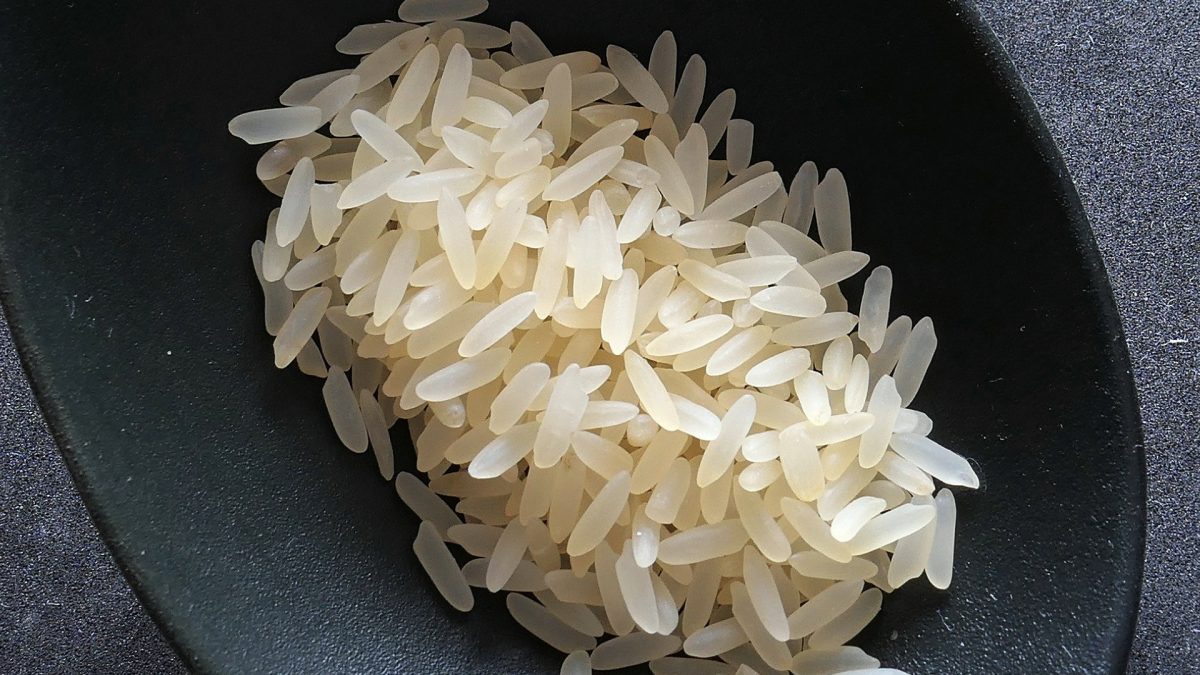
Concerns over the arsenic content of rice have led to recommendations to reduce rice consumption in favor of other whole grains. What are some strategies to reduce arsenic exposure from rice?
What Is Arsenic?
Arsenic, a naturally occurring element, has been designated as a category one carcinogen, which is the highest level.
Dietary Sources of Arsenic
Most of the arsenic in the American diet may come from meat. Drugs containing arsenic are often fed to farm animals to kill their intestinal parasites. During the cooking process, the arsenic residues in their flesh can convert to inorganic arsenic that we then may consume when we eat meat.
Arsenic accumulates, along with many other banned chemicals, and slaughterhouse byproducts can be recycled as animal feed. Fish may also have high levels of arsenic. In fact, arsenic is used as a biomarker for total fish and seafood intake.
One type of seaweed, hijiki (also commonly spelled as hiziki), absorbs so much arsenic from the sea water that it is not safe to eat.
The Ayurvedic medicine triphala has been found to be contaminated with arsenic, lead, and mercury, so it, too, should be avoided.
Health Effects of Arsenic
Symptoms of high arsenic levels include:
diarrhea headache insomnia loss of appetite abnormal taste impaired short-term memory and concentrationHow Much Arsenic Is in Rice?
Rice accumulates ten times more arsenic than other grains, which helps explain why the arsenic levels in urine samples of those who eat rice tend to be consistently higher than those who do not eat rice, as you can see below and at 2:18 in my video.
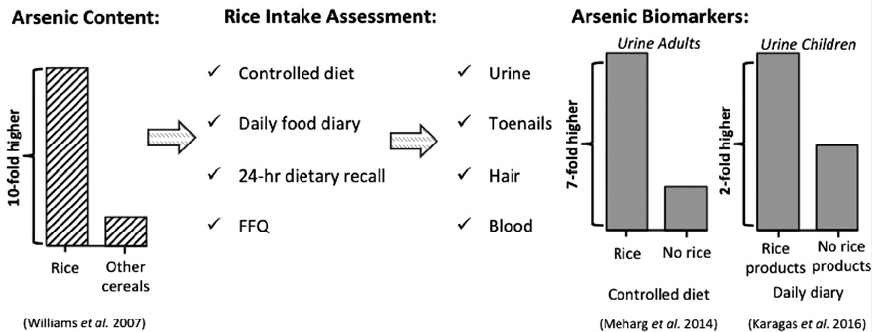
When the Food and Drug Administration tested a few dozen samples of quinoa, for example, most had arsenic levels below the level of detection or just trace amounts, including the red quinoas that are my family’s favorite. There were, however, still a few that were up around half the arsenic content of rice. But, overall, quinoa averaged ten times less toxic arsenic than rice.
Which Rice Has Less Arsenic?
Brown rice may contain more arsenic than white rice, but does our body absorb it the same no matter the source?
For arsenic to get from rice into our bladder, it must be absorbed through our gut into the bloodstream. To investigate absorption, researchers measured the levels of arsenic in the urine of participants who ate white rice compared to those who ate brown rice.
Arsenic is in the air, in the water, and in nearly all foods, so even those who don’t eat rice at all still eliminate about eight micrograms of toxic, carcinogenic arsenic in their urine each day. But, eating just one cup or more of white rice a day increases your arsenic exposure by 65 percent.
What about brown rice, which technically contains even more arsenic than white rice? Eating that daily cup or more of brown rice elevates your exposure the same 65 percent. Indeed, researchers found no difference between the urine arsenic levels of participants eating white or brown rice.
Now, this was not an interventional study, where subjects are fed the same amount of rice to see what happened, which would have been ideal. This was a population study. So, maybe the reason the arsenic levels are the same is that people eat greater quantities of white rice than brown rice.
Check out my video Which Rice Has Less Arsenic: Black, Brown, Red, White, or Wild for data on all rice types.
Who Is Most at Risk?
Those who are exposed to the most arsenic in rice are those who are exposed to the most rice, like people who are eating plant-based, gluten-free, or dairy-free. So, at-risk populations are not just infants and pregnant women, but all who may tend to eat more rice.
It’s a difficult reality that some who may try to be health conscious by avoiding dairy and eating a lot of whole foods, such as brown rice, may not only face some theoretical increased lifetime cancer risk, but actually suffer arsenic poisoning. A 39-year-old woman, for instance, had celiac disease so she avoided wheat, barley, and rye. She incorporated so much rice into her diet that she ended up with sky-high arsenic levels and had some typical symptoms, including diarrhea, insomnia, abnormal taste, loss of appetite, headache, and impaired short-term memory and concentration. As I discuss in my video How Much Arsenic in Rice Is Too Much, we should keep an eye out for signs of arsenic exposure in those who eat a lot of rice day in and day out.
How Much Rice Should You Consume?
As you can see in the table below and at 1:08 in my video, in its 2012 arsenic-in-rice exposé, Consumer Reports recommended adults eat no more than an average of two servings of rice a week or three servings a week of rice cereal or rice pasta. In its later analysis, however, it looked like “rice cereal and rice pasta can have much more inorganic arsenic—a carcinogen—than [its] 2012 data showed,” so Consumer Reports dropped its recommendation down from three weekly servings to a maximum of only two servings a week—and that’s only if you aren’t getting arsenic from other rice sources.

In the chart below and at 1:29 in my video, you can see the point system that Consumer Reports came up with, letting people add up all of their rice products each week to make sure they’re staying under an average of seven points a week. If your only source of rice is rice, for example, then it recommends no more than one or two servings for the whole week. I recommend at least 21 servings of whole grains a week in my Daily Dozen, though, so what to do? Get to know sorghum, quinoa, buckwheat, millet, oatmeal, barley, or any of the other non-rice whole grains out there. They tend to have negligible levels of toxic arsenic.
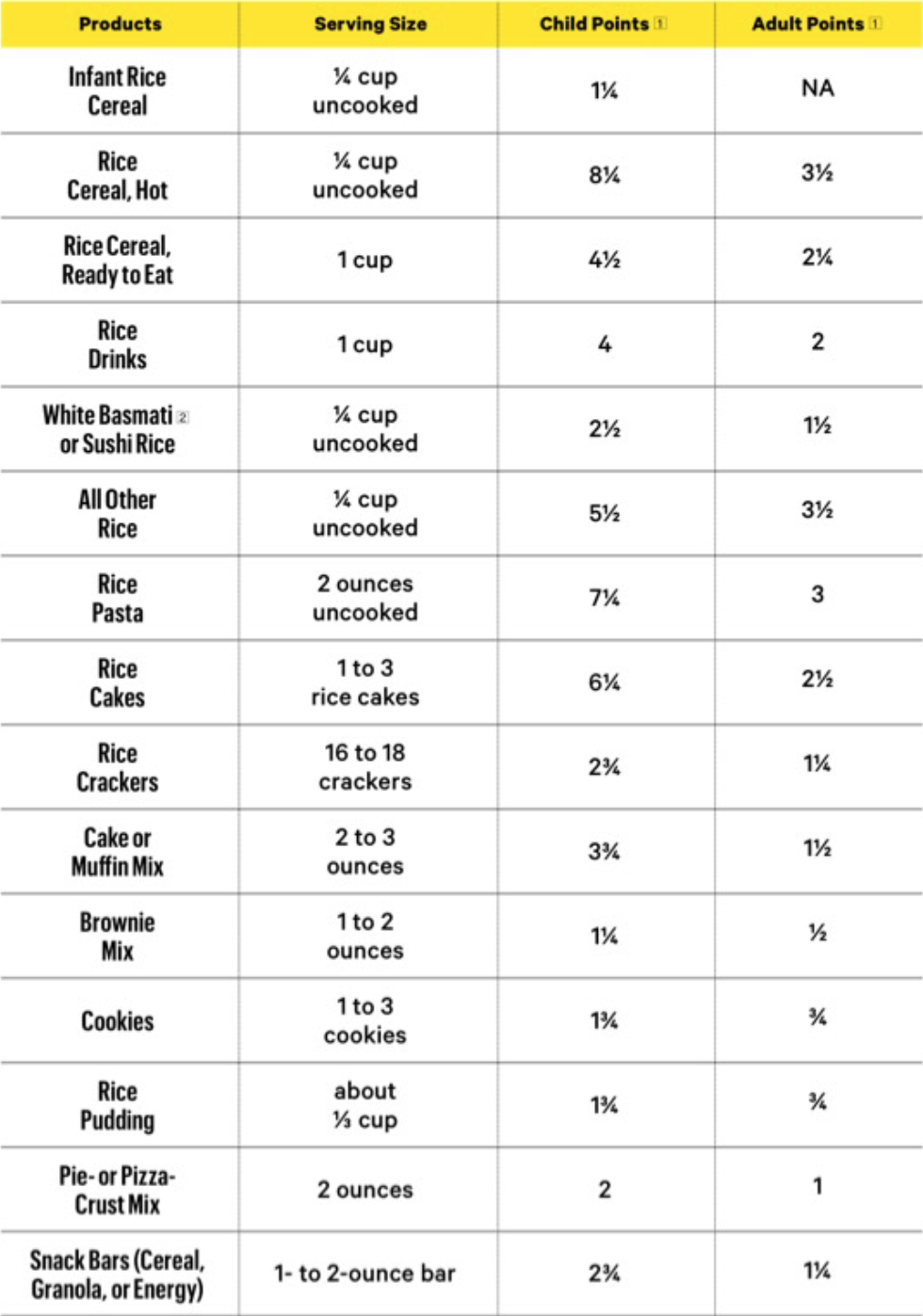
How to Reduce Arsenic Exposure in Rice
Diversifying our diet is the number-one strategy to reduce exposure of arsenic in rice. We can also consider alternatives to rice, especially for infants, and minimize our exposure by cooking rice as we do pasta, with plenty of extra water that is poured off after cooking. We found that a 10:1 water-to-rice ratio seemed best.. We can also avoid processed foods sweetened with brown rice syrup.
What else can we do while waiting for federal agencies to establish some regulatory limits?
What if you eat a lot of fiber-containing foods with your rice? Might that help bind some of the arsenic? Apparently not. In one study, the presence of fat did seem to have an effect, but in the wrong direction: Fat increased estimates of arsenic absorption, likely due to the extra bile we release when we eat fatty foods.
We know that the tannic acid in coffee and especially in tea can reduce iron absorption, which is why I recommend not drinking tea with meals, but might it also decrease arsenic absorption? Yes, perhaps by 40 percent or more. Researchers have suggested tannic acid might be helpful, but they used mega doses—the amount found in 17 cups of tea or 34 cups of coffee—so it isn’t really practical.
What do experts suggest? Well, arsenic levels are lower in rice from certain regions, like California and parts of India, so why not blend that with some of the higher arsenic rice to even things out for everybody? What?! How is that a reasonable suggestion?
Another wonky, thinking-outside-the-rice-box idea involves an algae discovered in the hot springs of Yellowstone National Park that has an enzyme that can volatize arsenic into a gas. Researchers genetically engineered that gene into a rice plant and were able to get a little arsenic gas off of it, but the rice industry is hesitant. “Posed with a choice between [genetically engineered] rice and rice with arsenic in it, consumers may decide they just aren’t going to eat any rice” at all.
A better option? Boiling and draining rice as with pasta may lower arsenic levels. Check out optimal cooking methods in my video How to Cook Rice to Lower Arsenic Levels.
Conclusion
This is the corresponding article to the eleventh in a 13-video series on arsenic in the food supply. If you missed any of the first ten videos, see:
Where Does the Arsenic in Chicken Come From? Where Does the Arsenic in Rice, Mushrooms, and Wine Come From? The Effects of Too Much Arsenic in the Diet Cancer Risk from Arsenic in Rice and Seaweed Which Rice Has Less Arsenic: Black, Brown, Red, White, or Wild? Which Brands and Sources of Rice Have the Least Arsenic? How to Cook Rice to Lower Arsenic Levels Arsenic in Infant Rice Cereal Arsenic in Rice Milk, Rice Krispies, and Brown Rice Syrup How Risky Is the Arsenic in Rice?You may also be interested in Benefits of Turmeric for Arsenic Exposure.
Only two major questions remain: Should we moderate our intake of white rice, or should we minimize it? And, are there unique benefits to brown rice that would justify keeping it in our diet despite the arsenic content? I cover these issues in the final two videos: Is White Rice a Yellow-Light or Red-Light Food? and Do the Pros of Brown Rice Outweigh the Cons of Arsenic?.
In health,
Michael Greger, M.D.

 ShanonG
ShanonG 










